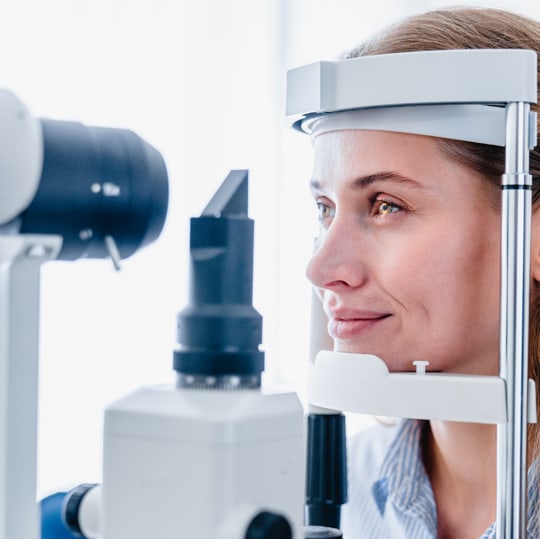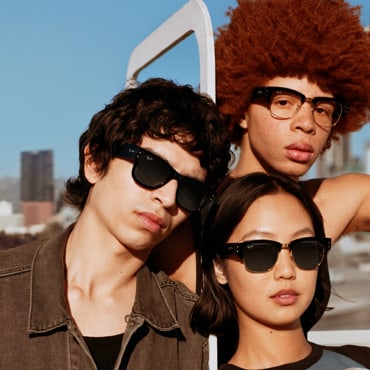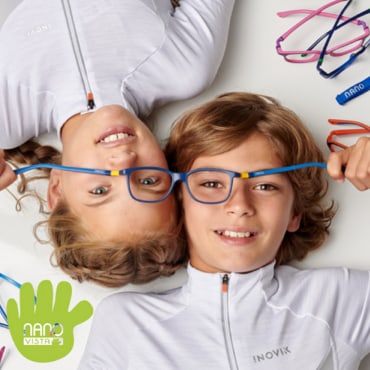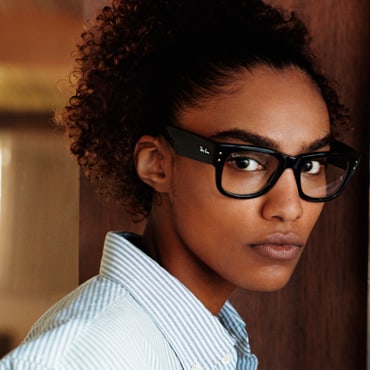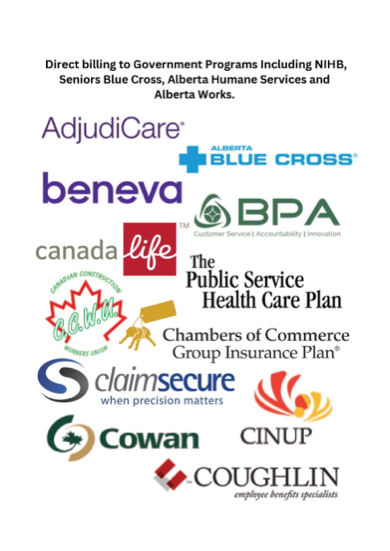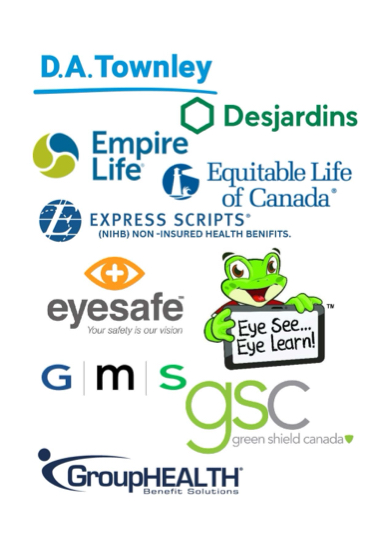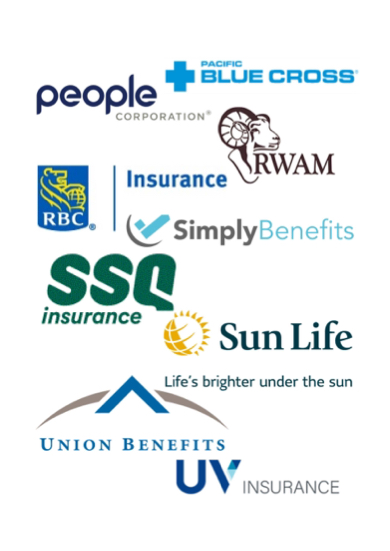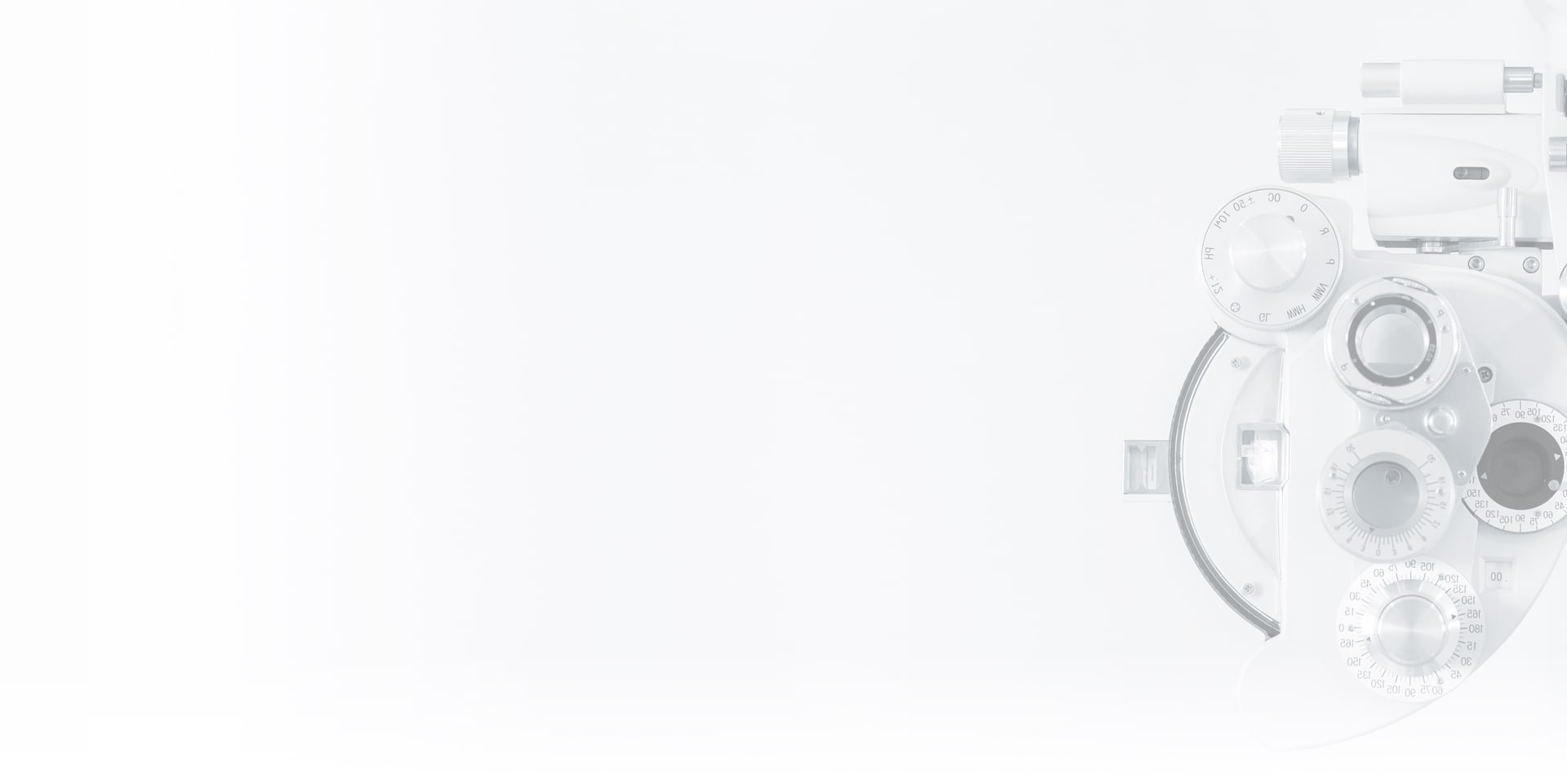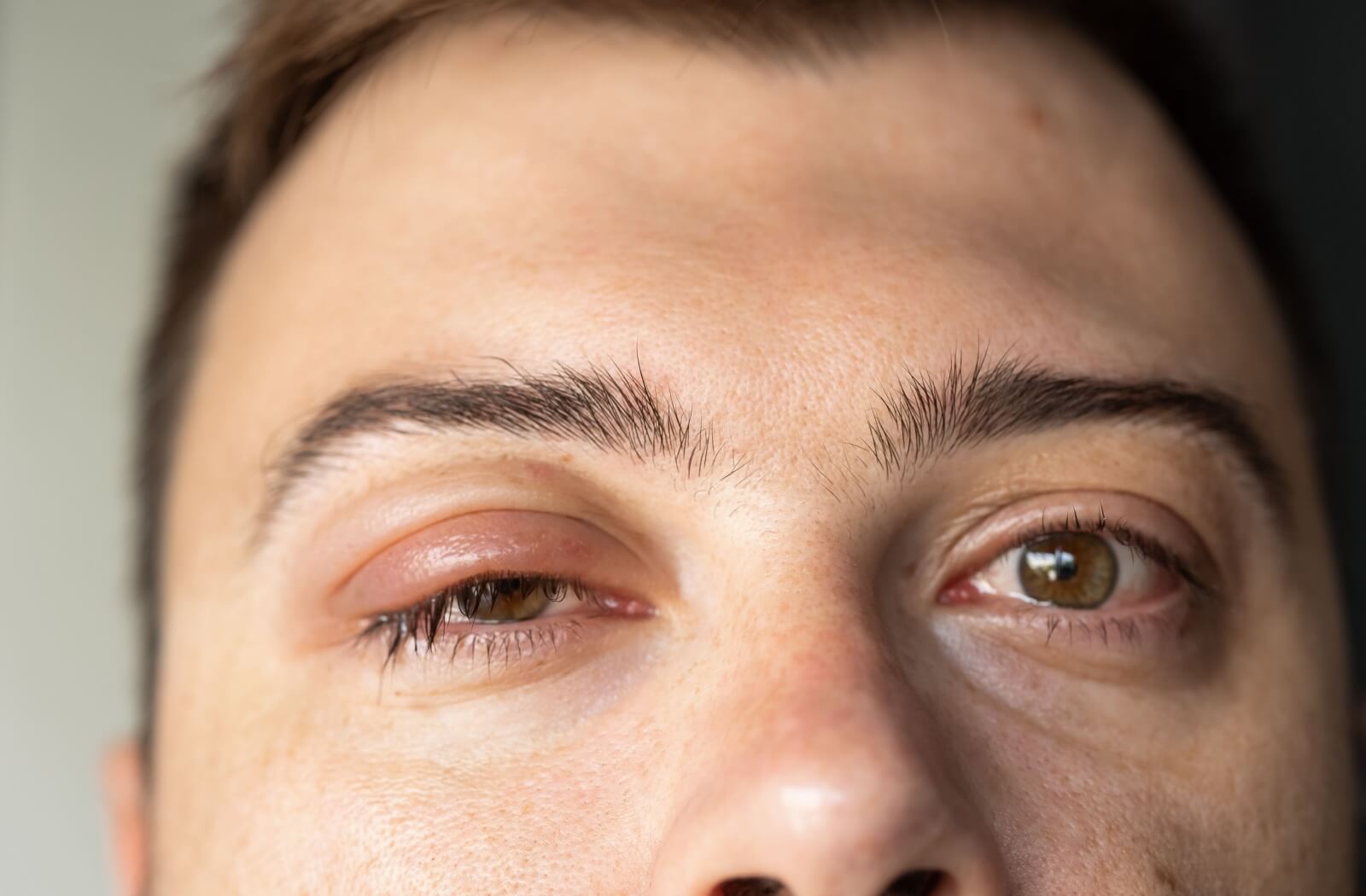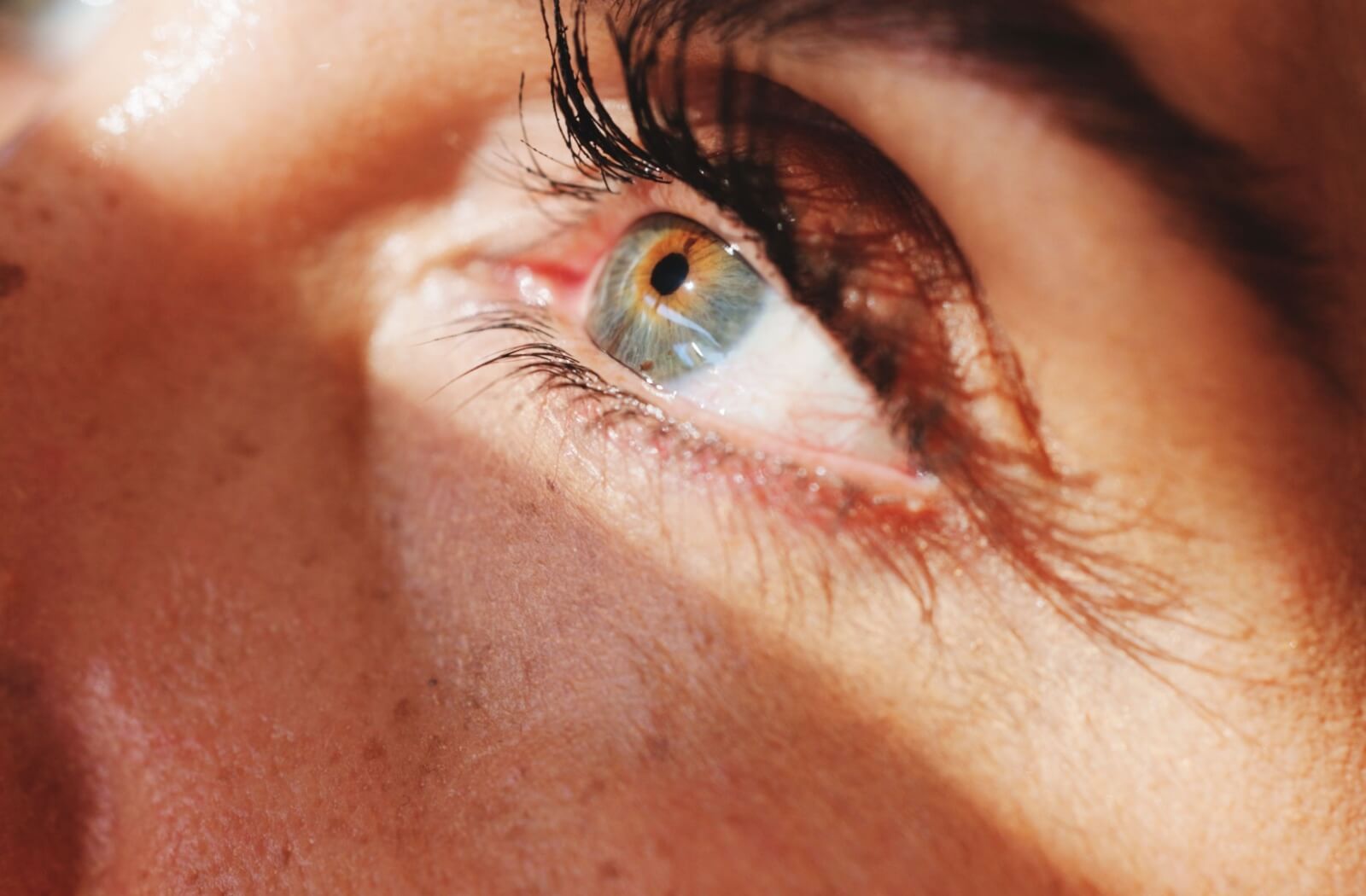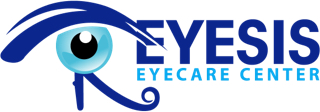Switching between eyeglasses and sunglasses every time you step outdoors can be inconvenient. Enter transition lenses—a revolutionary solution to simplify your life while enhancing your vision.
Transition lenses darken when exposed to sunlight and return to their clear state indoors. Whether you’re new to wearing eyeglasses or a seasoned pro, these lenses can transform your experience as an eyeglass wearer.
How Do Transition Lenses Work?
Transition lenses use photochromic technology, so they’re also known as photochromic lenses. These lenses have special molecules that react to ultraviolet (UV) light.
When exposed to sunlight, the photochromic molecules change structure, causing the lenses to darken. As you move indoors or away from UV light, the molecules return to their original state, and the lenses become clear again.
The seamless transition from clear to dark and back to clear eliminates the need for separate prescription sunglasses. The process is quick and automatic while keeping your eyes always protected from harmful UV rays. It’s a smart, convenient, and effective way to manage varying light conditions without compromising style or function.
The Benefits of Transition Lenses for Daily Use
One of the most significant advantages of transition lenses is their convenience. Imagine stepping out into the bright sun and not having to reach for your sunglasses. With transition lenses, your eyewear adapts to your environment, providing optimal vision and comfort at all times. This adaptability makes them ideal for daily use, whether you’re driving, walking, or working outdoors.
Additionally, transition lenses offer 100% UVA and UVB protection and filter blue-violet light indoors and outdoors. Prolonged exposure to UV rays can lead to eye health issues such as cataracts and macular degeneration. Wearing photochromic lenses helps protect your eyes from these threats without having to switch glasses. The lenses also reduce glare, which can improve visibility and reduce eye strain during activities like driving.
Transition lenses are available in various frame designs and styles, making them suitable for a range of visual needs. The versatility makes sure everyone can enjoy the benefits of photochromic technology.
Addressing Common Concerns & Questions
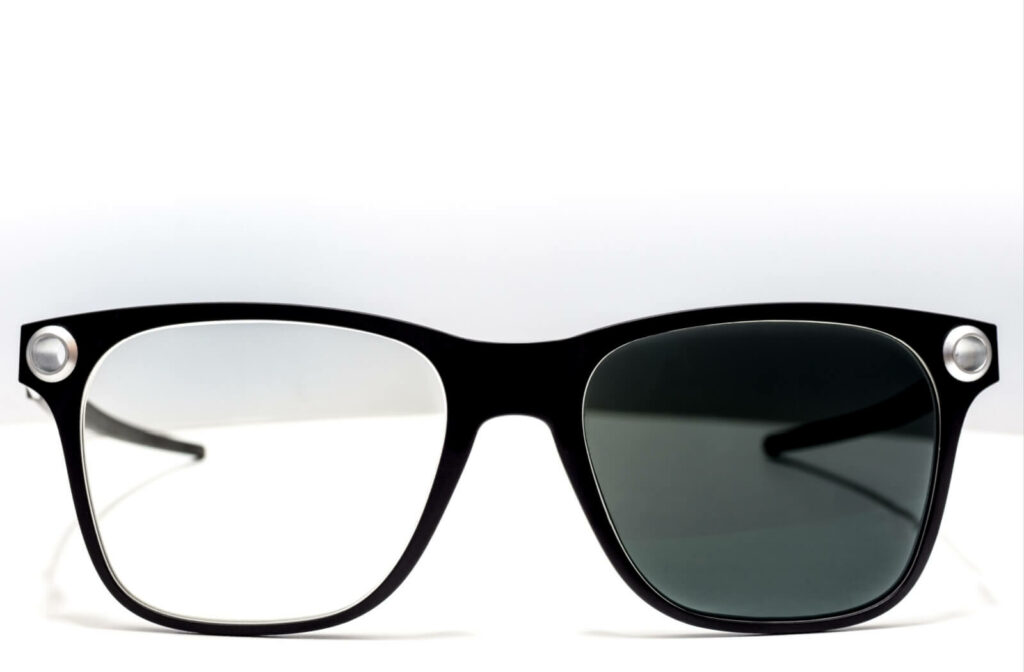
Transition lenses are a fantastic option for many people, but you might wonder if they’re right for you. Let’s address some common concerns and questions.
First, transition lenses are suitable for almost anyone who wears glasses. Whether you have myopia (nearsightedness), hyperopia (farsightedness), presbyopia (age-related difficulty in seeing close objects), or astigmatism, you can benefit from transition lenses. If you have more than one refractive error, you can also get bifocal or progressive lenses with photochromic technology.
Some people worry that transition lenses won’t work well in cars because of the UV-protected windshields. While it’s true that traditional photochromic lenses may not darken as much in vehicles, there are specific types of transition lenses designed to address this issue.
Another common concern is the speed of transition. Modern transition lenses are designed to change rapidly, adapting to changing light conditions, darkening in approximately 30 seconds. This quick reaction helps maintain optimal vision and comfort, no matter where you are. To return to their clear state, the lenses usually take around 5 minutes.
Tips for Choosing the Right Transition Lenses
Choosing the right transition lenses depends on your lifestyle and visual needs. Here are some tips to help you make an informed decision.
Consider Your Daily Activities
Think about how you spend your day. If you’re frequently outdoors or in environments with varying light conditions, transition lenses can be incredibly beneficial. They offer the convenience of not needing to switch between different pairs of glasses.
Evaluate Your Prescription Needs
Transition lenses are available in various types and can accommodate multifocal or progressive lens prescriptions. Consult your eye doctor to determine the best option for your visual requirements.
Choose the Right Lens Color
Transition lenses come in colours such as gray, brown, and green. Each colour offers a distinct style. Consider what works for your preferences and daily activities.
Check for Additional Features
Some transition lenses have added features like anti-reflective coatings, which reduce glare and improve clarity. Ask your eye doctor about these options to enhance your overall experience.
Your eye doctor is your best resource for personalized advice. They can assess your visual needs, lifestyle, and preferences to recommend the most suitable transition lenses for you.
Vision Comfort & Health with Transition Lenses
Transition lenses are more than just convenient technology. They are a smart investment in your eye health, vision comfort, and overall quality of life. By adapting to changing light conditions, they provide consistent vision, reduce glare, and protect your eyes from harmful UV rays.Whether you’re a busy professional, an outdoor enthusiast, or someone who simply values visual comfort, transition lenses can make a significant difference. Book an appointment with Eyesis Eyecare to explore how these innovative lenses can benefit you.




